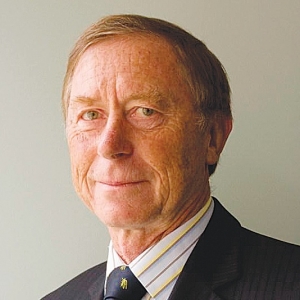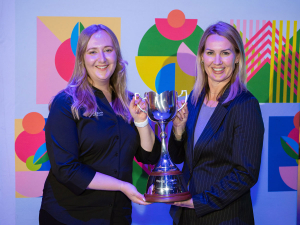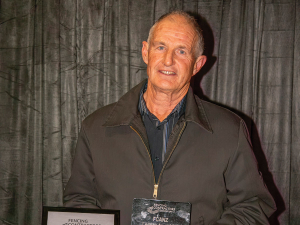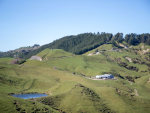It would help accelerate what he sees is a resurgence of selling New Zealand seasonal meat exports in a complementary arrangement with Northern Hemisphere supply.
A recent discussion with a US long-term industry person, who also inclines to alternative lifestyles, showed a transition from buying local to buying best-in-season.
“That was California where they tend to lead some of the thought-process fashion trends in the world,” Hickson, Progressive Meats’ founder and managing director, told the Beef+Lamb NZ Scene and Herd conference call.
“We can never be local in terms of supply but we certainly can be best in season. I see a resurgence in this area where we have complementary supply in different hemispheres.”
Complementary supply was actually the genesis of our industry back in 1882 when all carcases went to England, until they joined the European Union, he says.
Hickson, who added a Welsh meat plant to his business portfolios in 2012, said Welsh lamb is already being used for complementary supply into UK and Europe.
“There has been New Zealand meat company representation in Europe for many years and still is. There are customers who have specifically British lamb during their peak and New Zealand as their alternate.”
But using complementary northern/southern hemisphere seasonal supply was trickier in North America where the lamb population was lower. And from a marketing point of view you have to weigh up the disadvantage of putting an alternative brand or company from yours in front of customers, Hickson says.
Beef+Lamb NZ chairman Mike Petersen said the complementary supply might work for some cuts but not for others. For some premium markets and some cuts, New Zealand supply was year-round.
Hickson says farmers see a whole carcase leaving the farmgate, but when it leaves the meat companies, it was in many different forms and cuts for many different markets.









